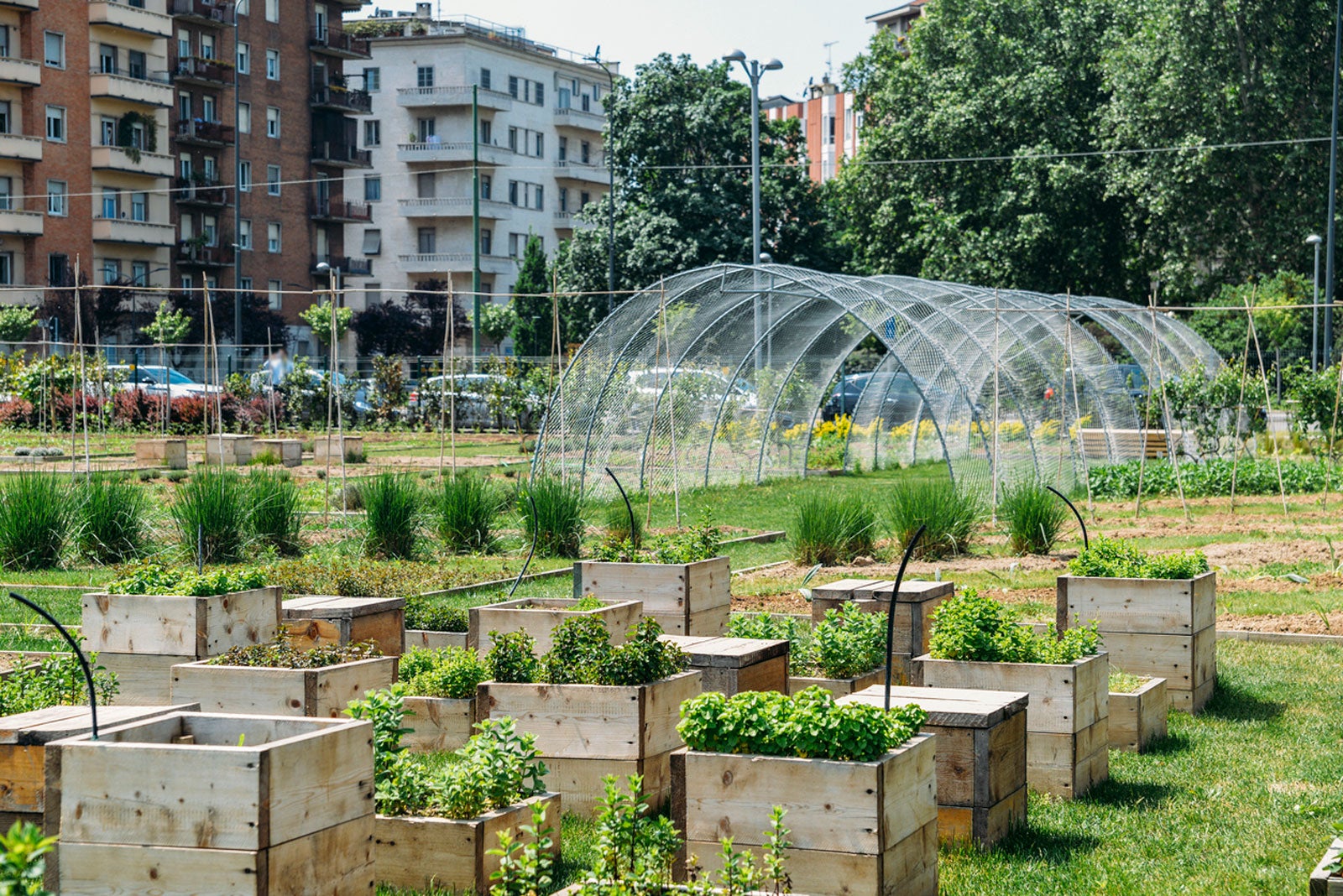The Best Guide To City Blooming
Table of ContentsCity Blooming - QuestionsSome Known Incorrect Statements About City Blooming How City Blooming can Save You Time, Stress, and Money.The 8-Minute Rule for City BloomingLittle Known Questions About City Blooming.
Fascinated in expanding food for sale in the City of Chicago? Below is a list of often asked inquiries pertaining to the regulations and guidelines that growers need to take into consideration when preparing a city agriculture project.
The zoning change does not modify any kind of other codes dealing with composting, structure licenses, buying or leasing City had building, company licenses or ecological contamination. There are existing codes that regulate these issues and they stay completely effect and might apply to your job. Area gardens are commonly had or taken care of by public entities, public companies or community-based organizations and maintained by volunteers.
Urban ranches expand food that is intended to be sold, either on a not-for-profit or for-profit basis. As a result of their business purpose, city ranches require a service license. Yes. A neighborhood yard is permitted to offer surplus generate that was expanded on site if the sales are accessory or subordinate to the garden's key objective described above.
Unknown Facts About City Blooming
Composting is permitted yet only for plant material that is created and utilized on website. The quantity of garden compost material can not surpass 25 cubic lawns at any type of offered time according to the criteria in 7-28-715 of the City's Municipal Code. Yes. Due to the fact that the soil at many brand-new garden websites requires modifying, compost, dirt, timber chips, or other products can be obtained to build or enhance the growing room - sustainable gardening.

If a structure authorization is required then the hoophouse will be taken into consideration an accessory building. You can learn even more about the building permit requirements by getting in touch with the Department of Buildings. The 25,000-square-foot size limit is planned to avoid a single community yard from controling a provided block or diminishing the block's existing domestic or business personality.
The limit does not relate to gardens situated in Public Open Room (POS) areas. Can there be more than one area yard that is 25,000 square feet on a single block? Yes. The dimension limitation puts on specific yards, not to individual blocks. No. Fencing is not called for, nonetheless, yards that have big vehicle parking areas might be required to set up secure fencing or various other landscaping features.
The smart Trick of City Blooming That Nobody is Discussing
B1 & B2 areas call for that all industrial usage activities be performed inside. Is fence needed for urban farms? Fencings may be called for, along with landscape design and screening, for certain parking areas and outdoor work or storage areas depending on area and the details task taking place.
Yes. Urban ranches call for structure permits and zoning approvals prior to building and construction. Various other kinds of city review might be called for depending upon certain structures, activities, dimension, landscape design, licensing, public heath and stormwater monitoring problems. Many of these needs are recognized in the project design or allowing process, nevertheless, the candidate might be accountable to independently identify details licenses or allows that might be called for.
The Department of Company Affairs and Customer Security can assist identify the specific kind of organization license that's required. Off road car parking is needed for many commercial projects in Chicago. The called for number of vehicle parking areas is based on the number of staff members functioning on site and not the square video of the expanding room.
Not known Facts About City Blooming

A metropolitan farm can market compost material generated on site, however, the procedure must comply with the regulations in 7-28-715 of the Chicago Municipal Code. Aquaponic systems are allowed indoors on metropolitan farms in many zoning areas.
Approximately 5 hives or nests of honey may be maintained as an accessory usage. Nevertheless, beekeepers need to sign up with the Illinois Department of Farming. For more details about the suggested zoning amendment you may get in touch with the Department of Housing and Economic Advancement, Bureau of Preparation and Zoning at 312.744.8563.
Farming in cities and urban areas A metropolitan farm in Chicago. Urban farming describes different practices of growing. https://yoomark.com/content/home-city-blooming, handling, and distributing food in city locations. The term likewise uses to the area tasks of animal husbandry, aquaculture, beekeeping, and horticulture in an urban context. Urban farming is identified from peri-urban agriculture, which occurs this in backwoods at the side of suburbs.
The Best Strategy To Use For City Blooming
It can include a motion of natural cultivators, "foodies" and "locavores", who seek to develop socials media based on a common values of nature and community holism. These networks can establish using formal institutional support, becoming integrated into regional town preparation as a "shift town" activity for lasting city advancement.
Some of the initial proof of urban farming comes from Mesopotamia.